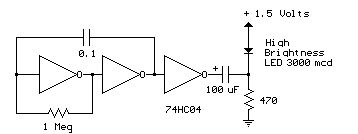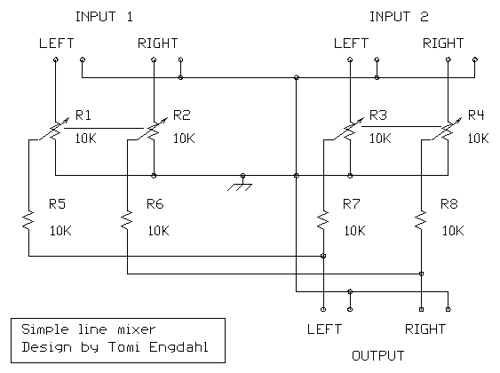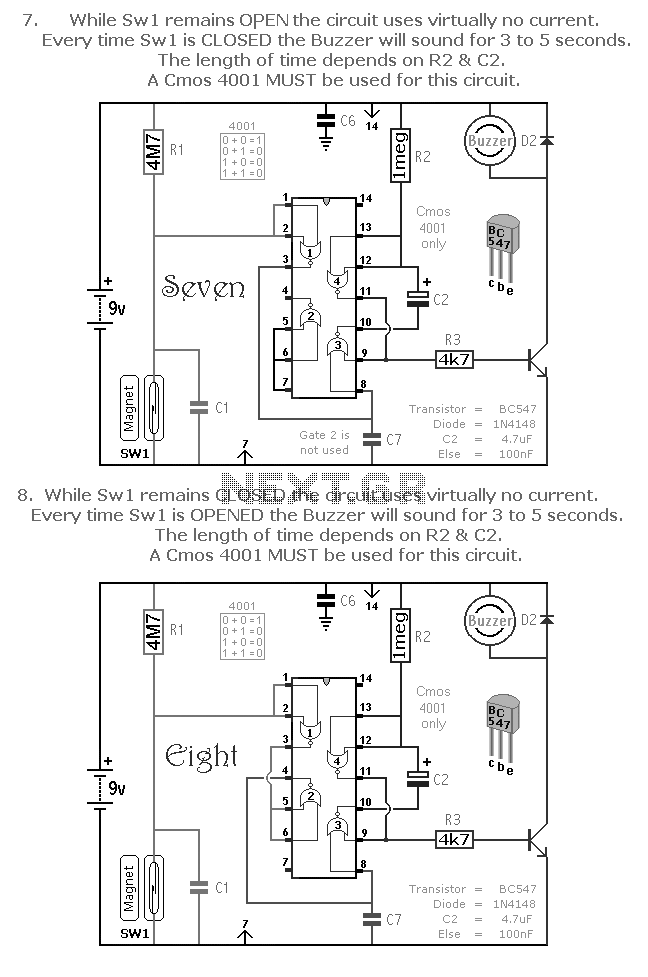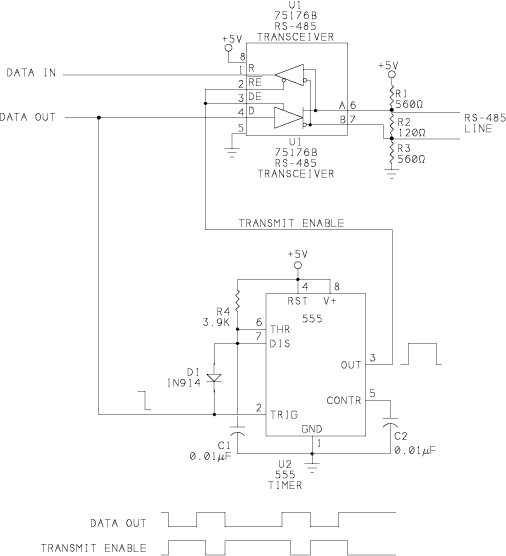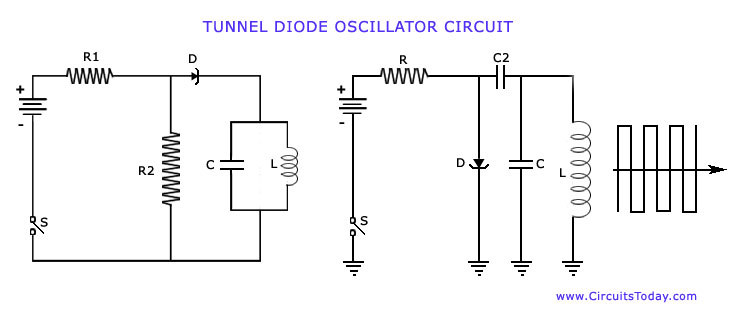
Infrared circuits related resources
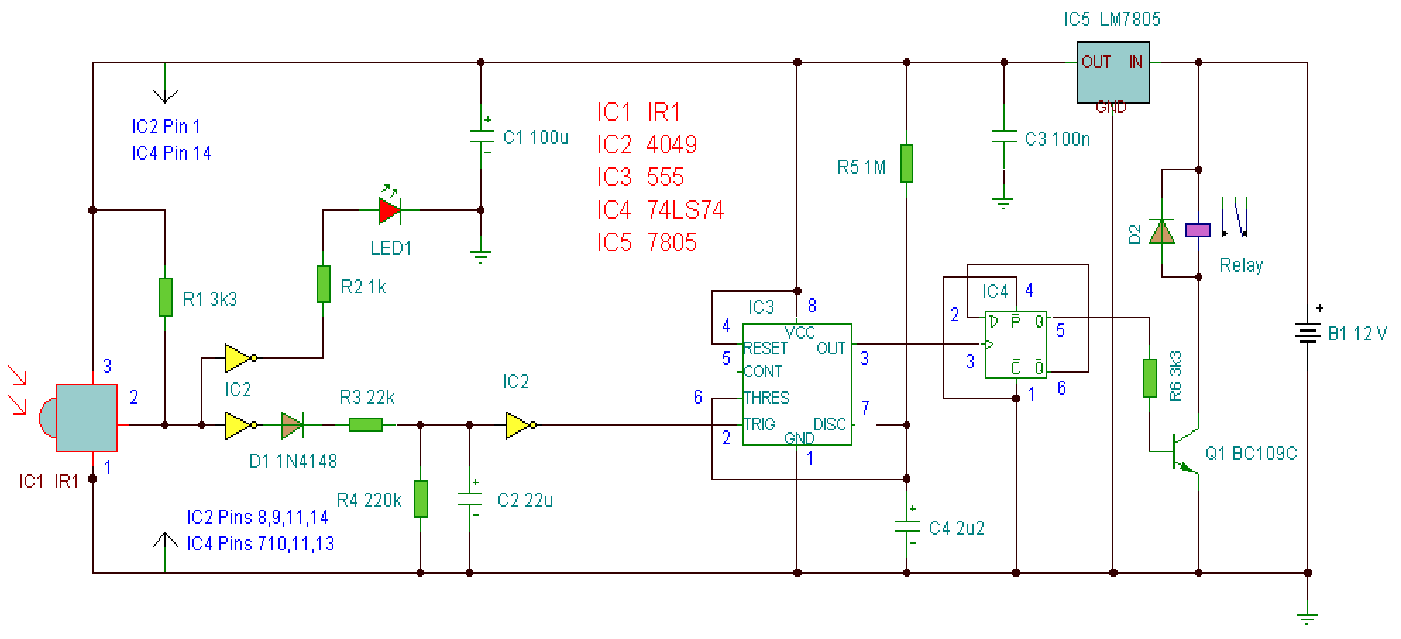
A computerized infrared remote project is a simple device designed for recording and playing back streams of infrared data, specifically the codes transmitted by remote controls. Software is provided for use in both DOS and Windows environments, along with information on how to interface the CIR into custom C and Visual Basic applications. The project includes an infrared emitter and detector, specifically utilizing an infrared LED and a phototransistor. This circuit is suitable for building an encoder for motor speed measurement. Additionally, the infrared remote control circuit enables the operation of any equipment that runs on 115 volts AC. The receiver circuit is based on the Radio Shack infrared receiver module.
The computerized infrared remote project serves as an essential tool for capturing and reproducing infrared signals. The core components include an infrared LED, which emits infrared light when activated, and a phototransistor that detects this emitted light. This combination allows the system to effectively record the infrared data from various remote controls.
The software provided with the project is compatible with both DOS and Windows platforms, enabling users to easily manage the recorded data. The accompanying documentation includes detailed instructions on how to interface the CIR (Computerized Infrared Receiver) with custom applications developed in C and Visual Basic. This feature enhances the versatility of the project, allowing for integration into a wide range of user-defined applications.
The infrared remote control circuit can be utilized to control devices operating at 115 volts AC. The design leverages the Radio Shack infrared receiver module, known for its reliability and ease of use. This module is capable of receiving signals from the infrared emitter, facilitating the control of various appliances.
For those interested in motor speed measurement applications, the circuit can be adapted to serve as an encoder. By measuring the frequency of the infrared signals, it is possible to determine the speed of a motor accurately. This capability makes the project valuable for both hobbyists and professionals working on automation and control systems.
Overall, this computerized infrared remote project provides a comprehensive solution for recording, playing back, and controlling infrared signals, making it a practical choice for a variety of electronic applications.Computerized infrared remote project a very simple device for recording and playing back streams of infrared data, in particuliar the codes transmitted via remote controls, software is supplied to be run in both DOS and Windows, with information on interfacing the CIR into your own C and Visual Basic applications, Infrared emitter & detector this tutorial presents the infrared (IR) led and phototransistor. This circuit is good for building an encoder for motor speed measurement Infrared Remote Control This circuit will allow you to turn on any piece of equipment that operates on 115 volts ac. The receiver circuit is based on the Radio Shack infrared receiver module, 🔗 External reference
The computerized infrared remote project serves as an essential tool for capturing and reproducing infrared signals. The core components include an infrared LED, which emits infrared light when activated, and a phototransistor that detects this emitted light. This combination allows the system to effectively record the infrared data from various remote controls.
The software provided with the project is compatible with both DOS and Windows platforms, enabling users to easily manage the recorded data. The accompanying documentation includes detailed instructions on how to interface the CIR (Computerized Infrared Receiver) with custom applications developed in C and Visual Basic. This feature enhances the versatility of the project, allowing for integration into a wide range of user-defined applications.
The infrared remote control circuit can be utilized to control devices operating at 115 volts AC. The design leverages the Radio Shack infrared receiver module, known for its reliability and ease of use. This module is capable of receiving signals from the infrared emitter, facilitating the control of various appliances.
For those interested in motor speed measurement applications, the circuit can be adapted to serve as an encoder. By measuring the frequency of the infrared signals, it is possible to determine the speed of a motor accurately. This capability makes the project valuable for both hobbyists and professionals working on automation and control systems.
Overall, this computerized infrared remote project provides a comprehensive solution for recording, playing back, and controlling infrared signals, making it a practical choice for a variety of electronic applications.Computerized infrared remote project a very simple device for recording and playing back streams of infrared data, in particuliar the codes transmitted via remote controls, software is supplied to be run in both DOS and Windows, with information on interfacing the CIR into your own C and Visual Basic applications, Infrared emitter & detector this tutorial presents the infrared (IR) led and phototransistor. This circuit is good for building an encoder for motor speed measurement Infrared Remote Control This circuit will allow you to turn on any piece of equipment that operates on 115 volts ac. The receiver circuit is based on the Radio Shack infrared receiver module, 🔗 External reference
Warning: include(partials/cookie-banner.php): Failed to open stream: Permission denied in /var/www/html/nextgr/view-circuit.php on line 713
Warning: include(): Failed opening 'partials/cookie-banner.php' for inclusion (include_path='.:/usr/share/php') in /var/www/html/nextgr/view-circuit.php on line 713

